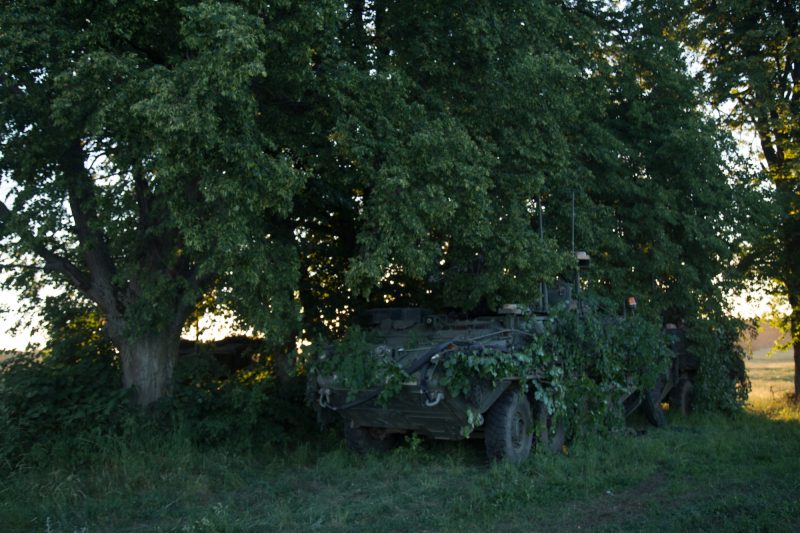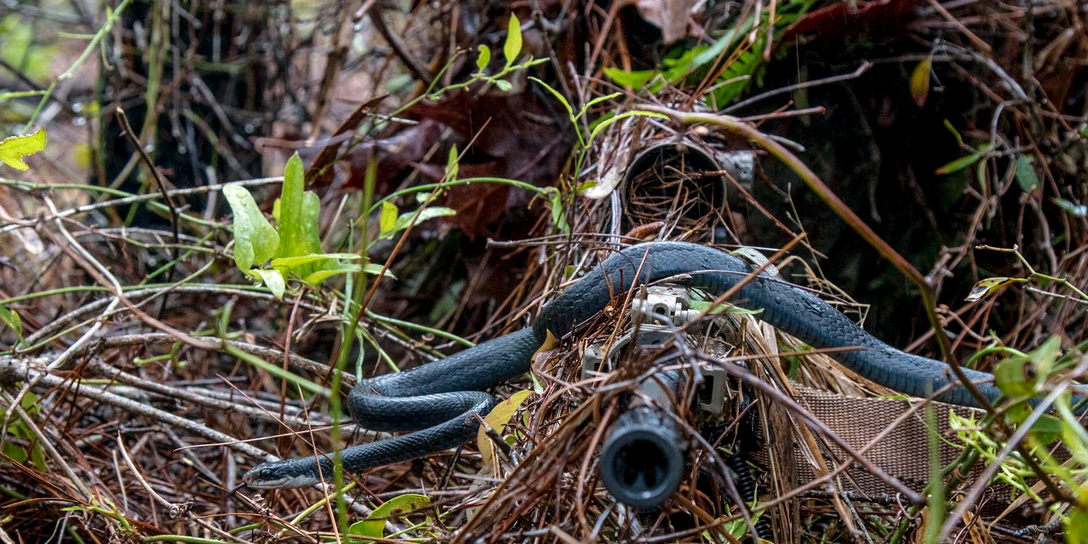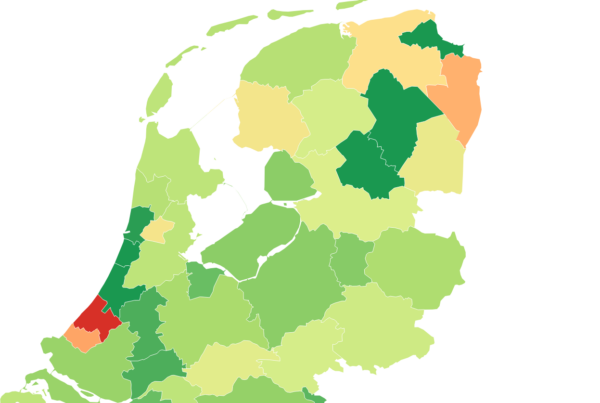- Militaries around the world use camouflage to evade detection by the enemy in all kinds of environments, from jungle and desert to city streets.
- Avoiding detection is often a matter of life and death, and the patterns and colors are dictated by the environment where troops expect to operate.
- Some work better than others, but all patterns are designed to help troops blend in with their surroundings.
Desert camouflage
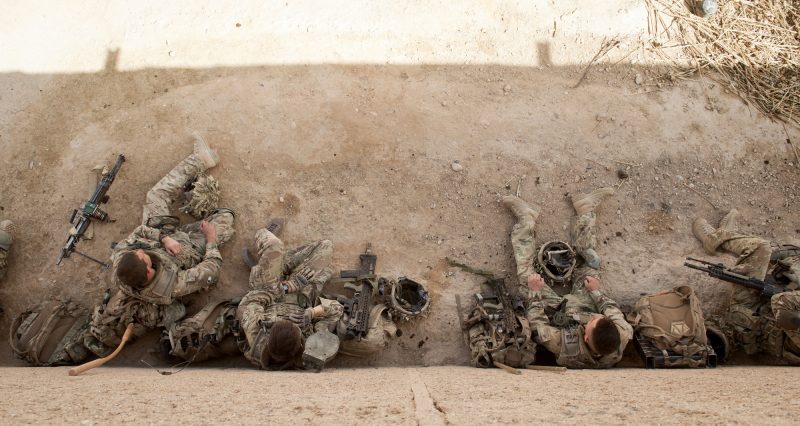
Desert camouflage has gone through a host of updates since the war in Iraq began, in an effort to make troops harder to spot in sandy and dusty environments there.
US Marines wear a digital pattern with small pixels.

MARPAT, as the camo pattern is known, is widely viewed as one of the best concealment patterns because of the small, digitized pixels.
US and Romanian Army camouflage, pictured during an exercise in Poland, shows how different countries combine colors and patterns to blend with environments where they expect to operate.
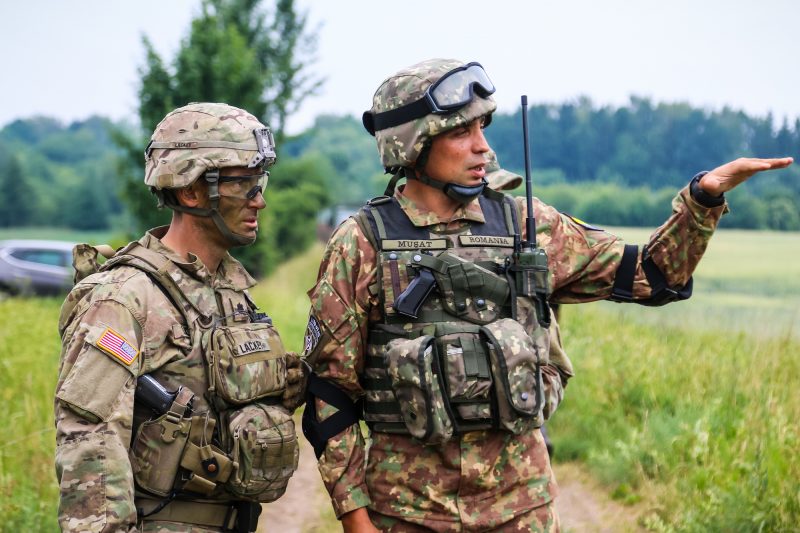
Russian soldiers wear a digital pattern with small pixels that’s designed for the forest.
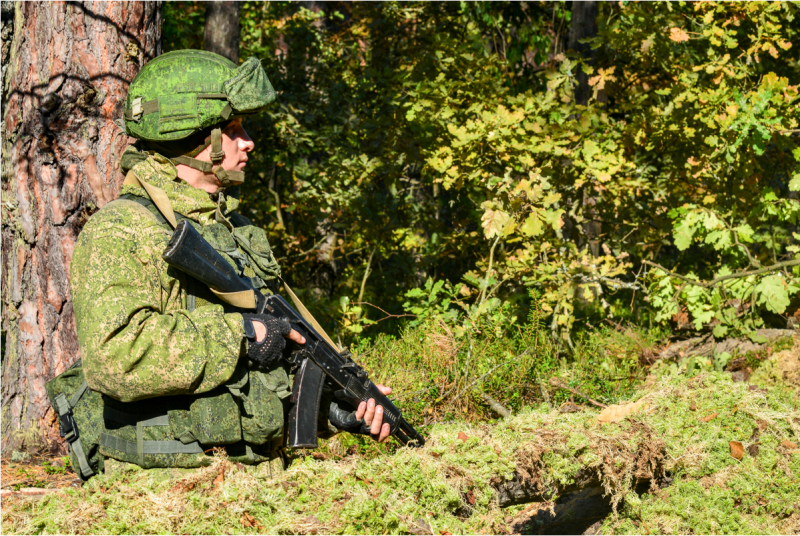
Dutch woodland camouflage uses darker colors to blend in.
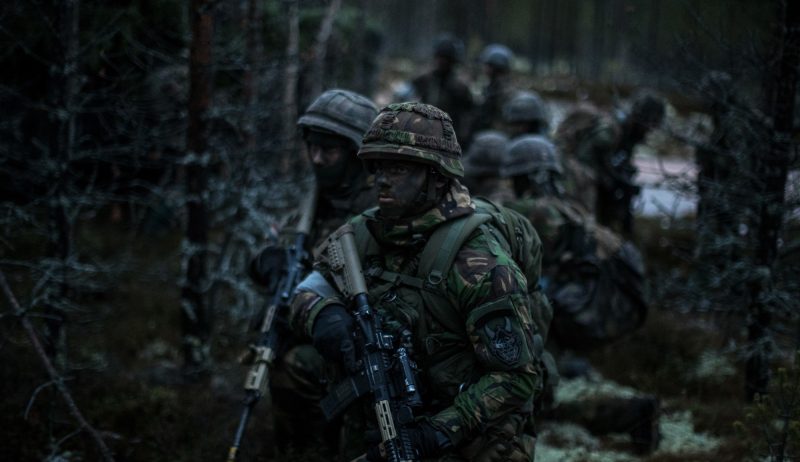
Exercise Trident Juncture brought together 30 countries, all wearing their various camouflage patterns.
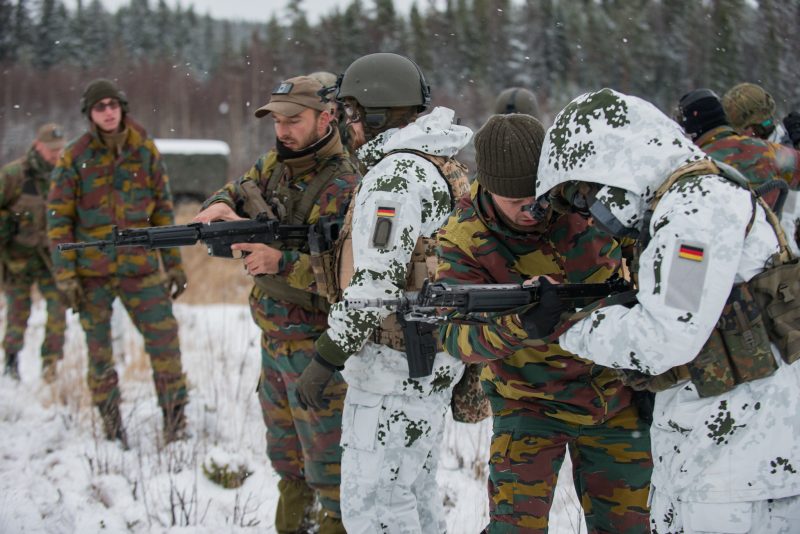
Australian sailors wear a grey and black camouflage pattern.
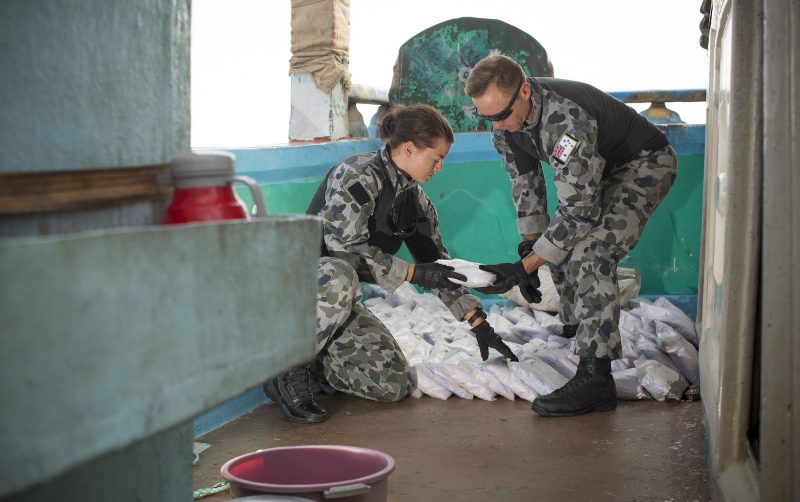
The US Navy used a controversial blue digital camouflage pattern that is now being phased out.
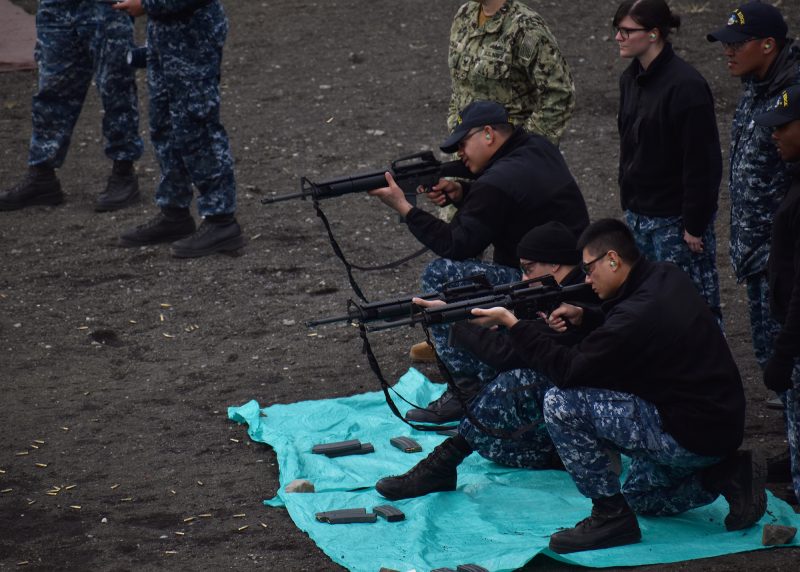
Up close, this US Army camouflage doesn’t seem to be effective at concealment.
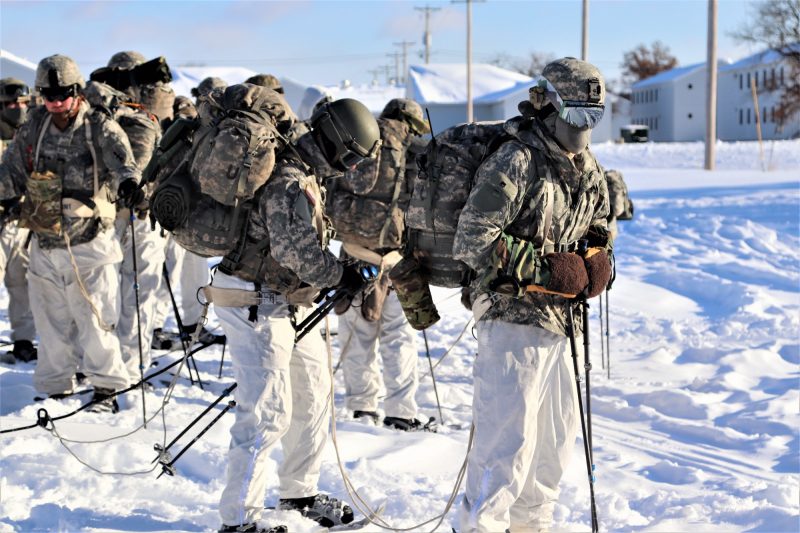
From a distance, it helps the soldiers blend in with the treeline.
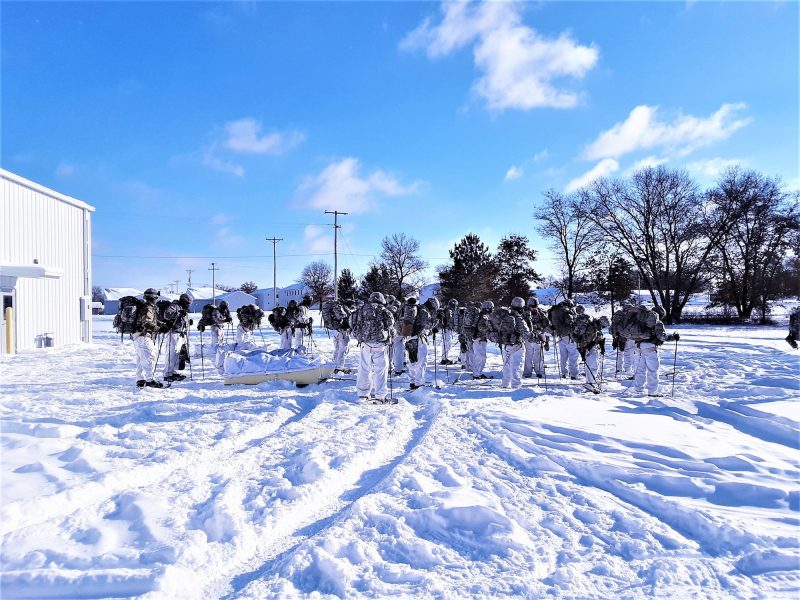
Militaries have creative ways of concealing vehicles, like this infantry carrier.
